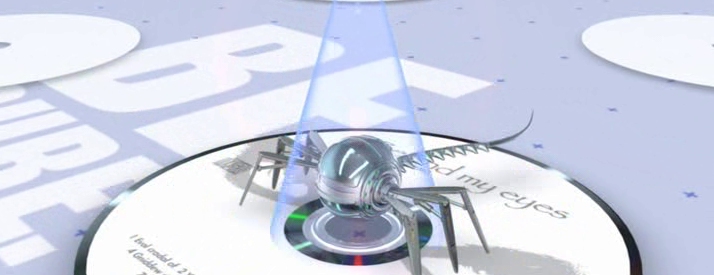
A divided 11-judge federal appeals court panel has dramatically narrowed the government’s search-and-seizure powers in the digital age, ruling Wednesday that federal prosecutors went too far when seizing 104 professional baseball players’ drug results when they had a warrant for just 10.
The 9th U.S. Circuit Court of Appeals’ 9-2 decision offered Miranda-style guidelines to prosecutors and judges on how to protect Fourth Amendment privacy rights while conducting computer searches.
Ideally, when searching a computer’s hard drive, the government should cull the specific data described in the search warrant, rather than copy the entire drive, the San Francisco-based appeals court ruled. When that’s not possible, the feds must use an independent third party under the court’s supervision, whose job it would be to comb through the files for the specific information, and provide it, and nothing else, to the government.
Judges, the appellate court added, should be wary of prosecutors and perhaps “deny the warrant altogether” if the government does not consent to such a plan in data-search cases.
The government said it was weighing its options, including whether to appeal to the Supreme Court.
The ruling came in a case that dates to 2004, when federal prosecutors probing a Northern California steroid ring obtained warrants to seize the results of urine samples of 10 pro baseball players at a Long Beach, California drug-testing facility. The players had been tested as part of a voluntary drug-deterrence program implemented by Major League Baseball.
Federal agents serving the search warrant on the Comprehensive Drug Testing lab wound up making a copy of a directory containing a Microsoft Excel spreadsheet with results of every player that was tested in the program. Then, back in the office, they scrolled freely through the spreadsheet, ultimately noting the names of all 104 players who tested positive.
The government argued that the information was lawfully found in “plain site,” just like marijuana being discovered on a dining room table during a court-authorized weapons search of a home. But the court noted that the agents actively scrolled to the right side of the spreadsheet to peek at all the players test results, when they could easily have selected, copied and pasted only the rows listing the players named in the search warrant.
Chief Judge Alex Kozinski, writing for the 9-2 majority, (.pdf) said the government “must maintain the privacy of materials that are intermingled with seizable materials, and … avoid turning a limited search for particular information into a general search of office file systems and computer databases.”
George Washington University law professor and former federal cybercrime prosecutor Orin Kerr called the decision “truly astonishing.”
“The majority opinion … announces a laundry list of brand-new rules, introduced with no citations to any authority, that henceforth the government must follow when executing warrants for digital information,” Kerr wrote in a post to the Volokh Conspiracy blog. “I can’t recall having read anything quite like it, although it does bring to mind Miranda v. Arizona.”
Four players whose names were seized, and who were not linked to the BALCO investigation, have been leaked to The New York Times. They are Alex Rodriguez, David Ortiz, Manny Ramirez and Sammie Sosa.
That privacy breach was not lost on Kozinski, who said those players suffered “harm as a result of the government’s seizure.”
In dissent, Judges Consuelo Callahan and Sandra Ikuta wrote that the majority was sidestepping its own precedent in which the circuit court had denied the suppression of child pornography evidence found on a computer during a search for the production of false identification cards pursuant to a valid warrant.
“There is no rule … that evidence turned up while officers are rightfully searching a location under properly issued warrant must be excluded simply because the evidence found may support charges for a related crime,” the dissenting judges wrote.
By David Kravets


